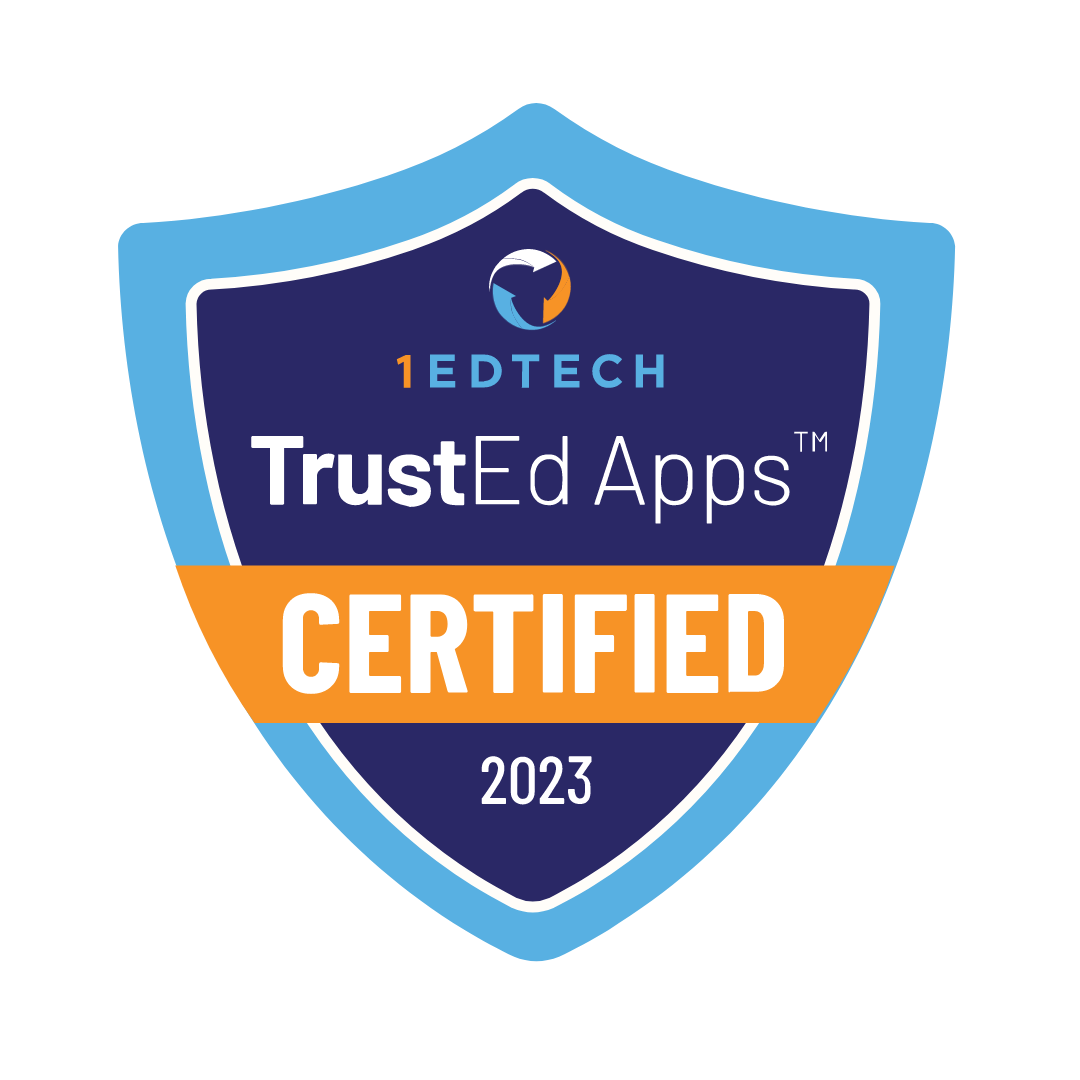Contents
Many people choose K-12 online education. Students and parents should understand how it differs from traditional education. We’ll discuss the key differences, advantages, and disadvantages of K-12 online schools.

K-12 online education provides schooling from kindergarten through 12th grade entirely online. Students follow a structured curriculum, complete assignments, and interact with teachers through digital platforms. K-12 online education offers flexibility and personalized learning but also has its challenges. These challenges include limited social interaction, potential distractions at home, and the need for self-discipline.
Advantages of K-12 Online Education
“In traditional lecture rooms you rely on the lecturer bringing current events or expert opinions to the classroom. With online courses, there is the possibility to bring in experts quickly and easily. This allows for the learners to hear information first-hand. Another aspect is that new content being brought in can be checked and quality assured a lot quicker and by a more diverse group of people.”
Clodagh Mannion on Hubble Studios

The study “Advantages and Disadvantages of Using e-Learning in University Education: Analyzing Students’ Perspectives” was conducted by Alaa Zuhir Al Rawashdeh and colleagues. The study involved surveying students to gather their perspectives on e-learning. This study highlighted three advantages:
- Flexibility. This benefit was cited by 85% of respondents.
- Accessibility. This advantage was mentioned by 80% of students.
- Student-centered learning. This advantage was recognized by 78% of respondents.
K-12 online education offers several key benefits. Table below lists seven main advantages. Each advantage comes with a brief description. These benefits explain why millions of students around the world choose online education.
| ADVANTAGE | SHORT DESCRIPTION |
|---|---|
| Flexibility | Students learn at their own pace. This allows students to adjust their schedule around other commitments. It also accommodates their personal learning preferences |
| Accessibility | Students learn from anywhere with an internet connection. This frees up more time for other activities |
| Lots of resources | Online schools provide a wider range of courses. These courses include advanced placement, specialized electives, and vocational training |
| Personalized learning | Online education allows personalized learning. Students focus on areas they find challenging. Students move quickly through subjects where they excel |
| Safe learning environment | Online education gives a safer option for students. It benefits students who may face bullying, health issues, or other challenges in a traditional school setting |
| Developing digital skills | Students in online education develop strong digital literacy skills. These skills are essential in today’s job market |
| Global networking | Online education connects students with peers and teachers from around the world. This provides a diverse learning experience and broader perspectives for students |

Disadvantages of K-12 Online Education
K-12 online education has several key drawbacks. Table below lists seven main disadvantages. Each disadvantage comes with a brief description. These drawbacks are important for students to consider. They help students determine if online education is right for them.
| DISADVANTAGE | SHORT DESCRIPTION |
|---|---|
| Strong self-discipline | Success in online education requires from students high level of self-motivation |
| Limited social interaction | Students miss out on face-to-face interactions with peers. This can affect their social skill development |
| Technology dependence | Online education relies on technology. Issues like internet access, technical difficulties, or a lack of digital literacy arise and hinder learning |
| Less hands-on learning | Some subjects are difficult to replicate in an online environment. Lab sciences and physical education are examples. This challenges students to fully engage and understand the online material |
| Distractions | Learning from home introduces more distractions. Family, noise, or the temptation to engage in non-educational activities are common examples. These distractions make it harder to focus on studies |
| Limited access to resources | Some students experience difficulties accessing physical resources. This includes things like libraries, sports facilities, or specialized equipment. These challenges impact their learning experience |
| Issues with teacher-student communication | Building a strong rapport with teachers is difficult in a virtual environment. This affects the level of personalized support and guidance students receive |

Is It Difficult to Use a K-12 Online Learning Platform?
The question of using digital platforms is a common concern among parents and students. We can’t provide a straightforward answer. It depends on the level of knowledge parents and students have about digital platforms and the internet. We’ve compiled a list of what you need to know. We hope this list will help you feel comfortable using digital platforms.
- Basic computer skills. These skills include using a computer, navigating applications, and managing files.
- Basic troubleshooting skills. These skills involve knowing how to restart the computer and check the internet connection. It covers solving minor technical issues like frozen screens or audio problems.
- Time management skills. These skills include the ability to schedule study time effectively. It helps parents and students to keep up with coursework and deadlines.
- Communication skills. This means being comfortable using email, chat, or video conferencing tools to communicate with teachers and peers.
Students worldwide are happy with the online education from Legacy Online School. Legacy Online School provides quality education and supports students and parents, regardless of their online learning experience. Check their reviews on the school’s website.
How Will My Child’s Socialization Be Impacted by Attending School Online?
Socialization in an online school is another concern for parents and students. We’ve outlined six points to consider when choosing an online school:
- Your child has fewer opportunities for in-person social interactions. This can impact the development of social skills.
- Online schools offer virtual clubs, group projects, and discussion forums. These opportunities allow students to interact and collaborate with peers. This helps to maintain social connections.
- Online education allows for a flexible schedule. This gives your child time to participate in extracurricular activities, sports, or community events. These opportunities allow students to socialize in person.
- Online learning connects your child with a diverse group of peers from different countries. This broadens students’ social experience and enhances their cultural awareness.
- Parents need to play a more active role in facilitating social opportunities for their children. This includes arranging playdates, joining local groups, or encouraging student’s participation in offline activities.
- Some children find it challenging to adapt to virtual social settings. This can require additional support and encouragement to help students adjust.

Conclusion
K-12 online schools have their pros and cons. Students choose online education because the benefits outweigh the drawbacks. Students follow certain rules and practices to receive an effective online education. We have reviewed the key advantages and disadvantages of online schools. We addressed common questions about socialization and digital platforms in online education. This helps parents and students make informed decisions about online learning.











